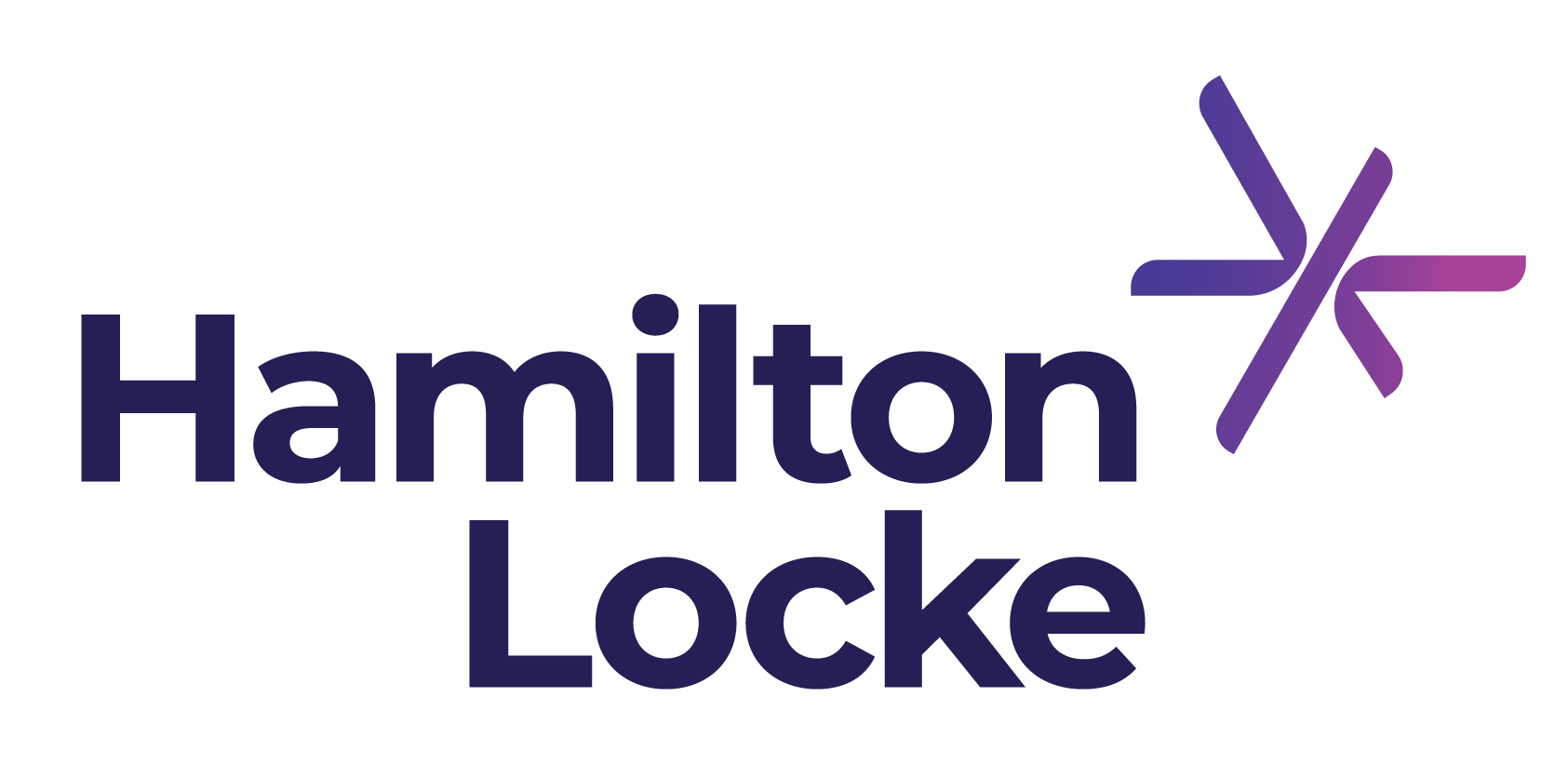PPSR – BRINGING DOWN A LEGACY.
Published on Aug 31, 2021 by Nicholas Pavouris and Charmian Holmes

This is the second blog in our two-part series looking at the Personal Property Securities Register (PPSR) and how it can be utilised in various ways for your business.
This blog looks at one of the biggest traps that we see from businesses wanting to purchase a client portfolio or when buying equity in a business.
The first blog in this series looked at how to protect your interests using the PPSR.
Historical registrations (legacy charges)
If your business has taken out a bank loan or has an overdraft facility in place to fund its ongoing costs or to purchase a new entity, it’s likely the bank will have registered a security interest over your property on the PPSR.
When the PPSR went live in 2012 many registrations from the previous state-based registers were rolled over onto the PPSR. This means that for many small businesses, they have legacy charges registered against their business on the PPSR that they (and most likely the bank) are completely unaware of.
How do I find out if I have any registrations against my business?
If you are preparing to sell part or all of your business, conduct a search of the PPSR to find out if there are legacy changes over your company. A PPSR search is inexpensive and should be conducted against the Company Name, ABN and ACN to ensure that all potential registrations are identified.
Good due diligence processes mean that a buyer should be running these PPSR searches prior to signing the transaction/transfer agreement and again prior to completion to make sure that the assets they are purchasing are clear of any registered security interests.
What does it mean if you have a registration against your business?
A PPSR registration isn’t a bad thing. If you have debt or financing arrangements for the business with a bank or financial institution, or you have leased property/equipment, you will have registered charges over the company. It is important, however, to know exactly what registrations are placed over your business so that you can take active steps to have them removed if they need to be lifted prior to selling the business assets or the shares in your company to a buyer.
How does a registration impact your sale agreement?
If you are negotiating a sale agreement for all or part of your business, the buyer will usually include a warranty that the assets being sold (e.g. the client portfolio assets) are free of encumbrances (such as a security interest).
If there is a security interest registered and this isn’t identified until after Completion occurs, then you as the seller will be in a breach of your warranties and the buyer will not have clear title to the assets that have just been transferred. This could lead to compensation claims.
What to do about historical registrations?
If after running a search of the PPSR, you may find an old registration over your business with a bank that you no longer use or for a finance facility that was discharged some time ago. You will need to have these removed to proceed with the transaction. If you still use that bank and have a business banker, it is worth getting in touch with them to ask them to help facilitate this process as it can take some time for a bank to action these requests. We have seen many cases where loans have been fully repaid but the banks have not removed the security interests, preventing you from transacting quickly.
This can take roughly 2 to 3 weeks to occur, so you will need to factor this into the transaction timetable.
If you are planning on only selling part of your assets (for example, if you are selling all of an investment advice portfolio but keeping the life insurance portfolio) you will instead need to request that you receive a partial release of the security interest (to exclude the assets the subject of the sale) so that they can be sold free of any security interest.
If you require any assistance buying or selling a business or discussing security interests, please get in touch – we’d be happy to help.
August 2021


